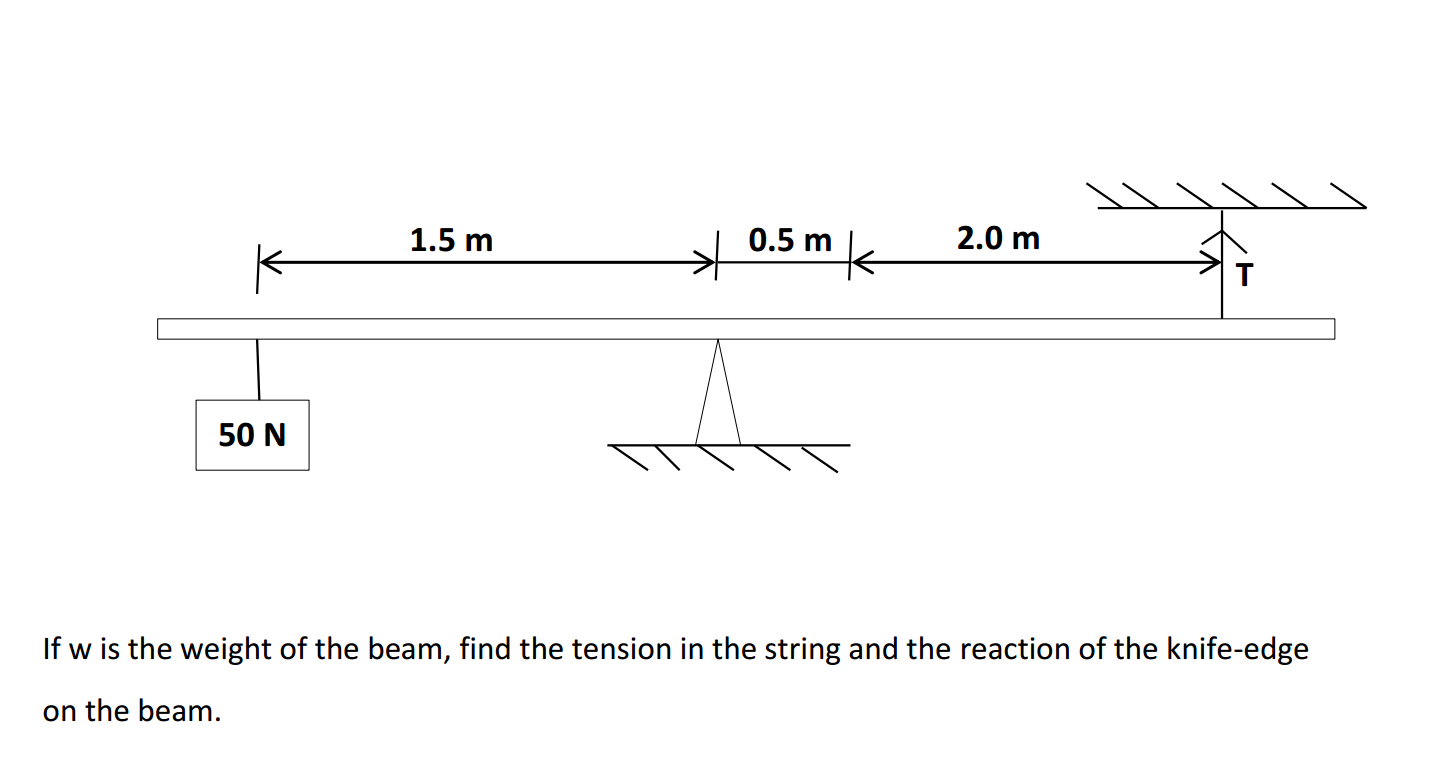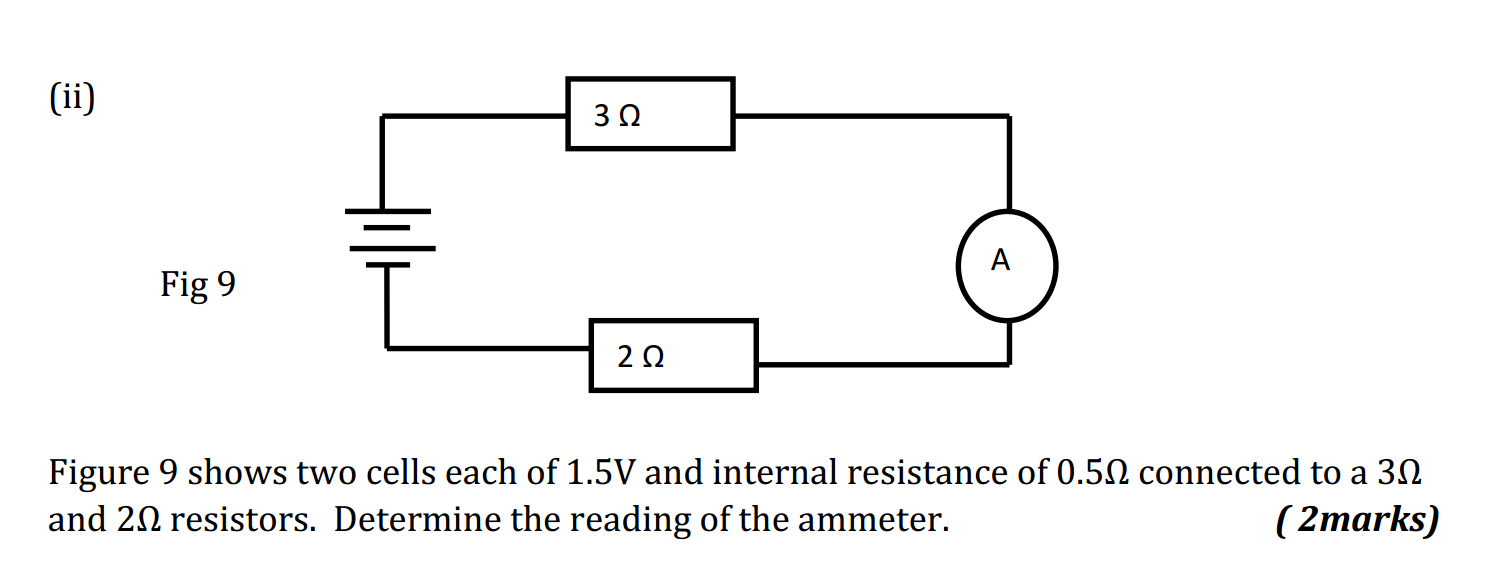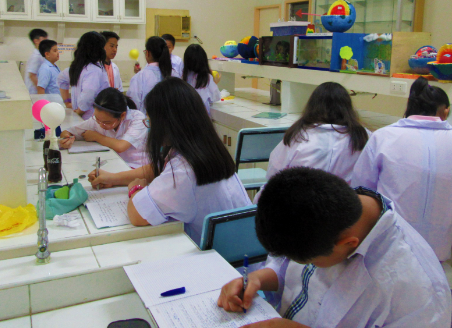Helping academically lazy students become productive involves understanding their motivations, finding ways to engage them, and fostering a supportive environment. Here are some strategies:
- Understand Their Motivations:
- Talk to them to understand why they might be disengaged. It could be a lack of interest, feeling overwhelmed, or not seeing the relevance of the material.
- Set Clear Expectations and Goals:
- Break down tasks into smaller, manageable goals. Help them see the value and relevance of what they’re learning.
- Make Learning Relevant:
- Relate lessons to real-life situations or current events. Showing practical applications can increase interest and motivation.
- Use Varied Teaching Methods:
- Incorporate different teaching styles and activities. Hands-on experiences, group work, discussions, and multimedia resources can engage different learning preferences.
- Provide Support and Guidance:
- Offer guidance and support when needed. Encourage questions and discussions to clarify concepts.
- Encourage Autonomy and Responsibility:
- Allow them to take ownership of their learning process. Guide them in setting personal goals and creating study schedules.
- Celebrate Achievements:
- Acknowledge and celebrate their progress and achievements, no matter how small. Positive reinforcement can boost confidence and motivation.
- Offer Rewards and Incentives:
- Consider using incentives or rewards for meeting milestones or achieving goals. This can provide an extra push for motivation.
- Promote a Positive Learning Environment:
- Foster a classroom or learning environment where students feel comfortable expressing themselves and taking academic risks.
- Connect with Parents or Guardians:
- Collaborate with parents or guardians to reinforce positive habits and address any underlying issues that might affect the student’s engagement.
- Teach Time Management and Study Skills:
- Help students develop effective study habits and time management skills. Show them how to organize their workload and study efficiently.
- Offer Choices and Flexibility:
- Provide options for assignments or projects whenever possible. Allowing students to choose topics of interest can increase engagement.
- Show Passion for Teaching:
- Passion is contagious. Show enthusiasm for the subject, and it might spark interest in students who are otherwise disengaged.
Remember, each student is unique, and what works for one might not work for another. Tailor your approach based on the individual needs and learning styles of your students. Building a supportive and engaging learning environment is key to motivating academically disengaged students.





































































































